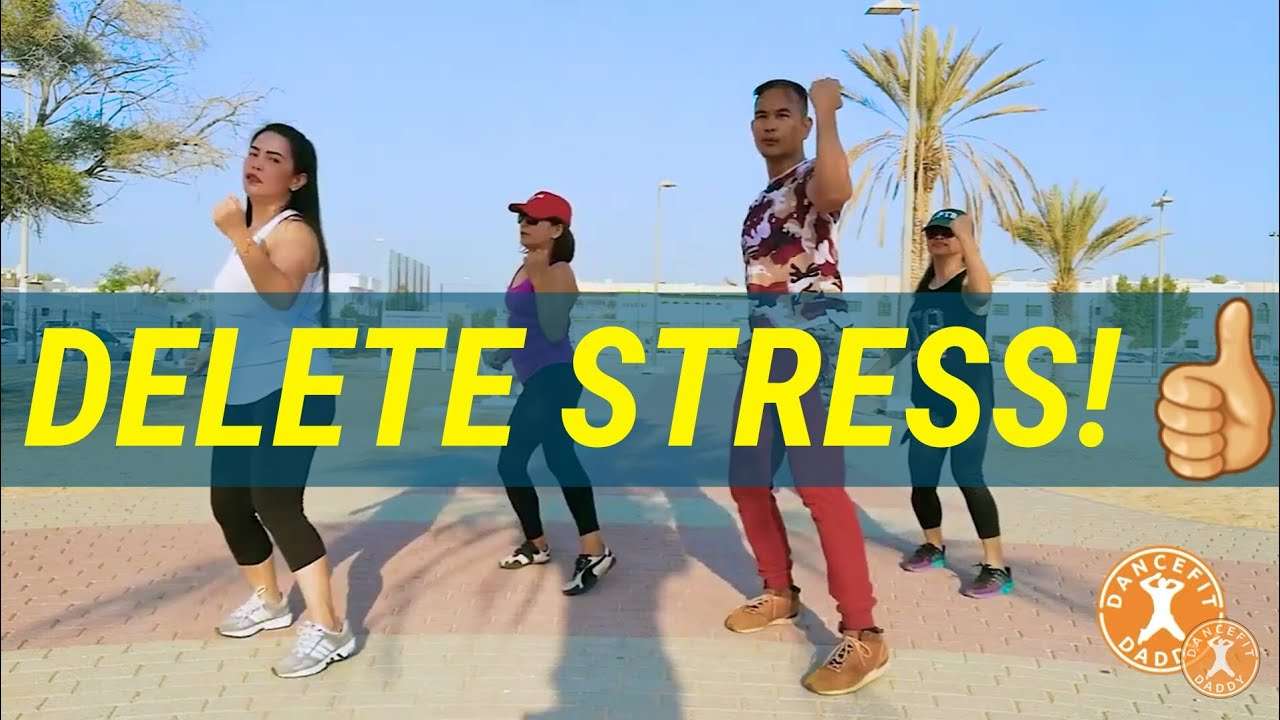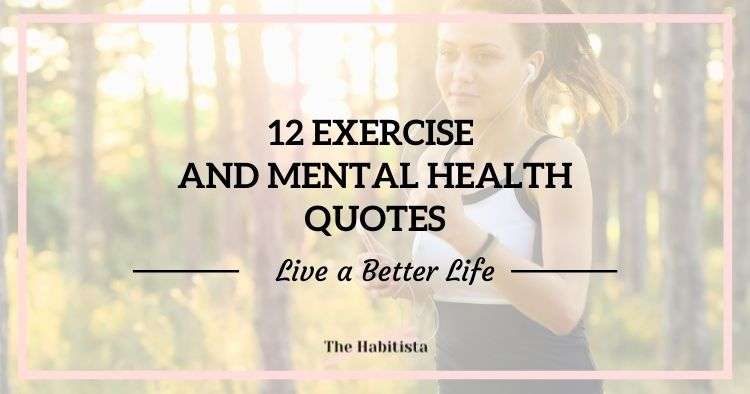
Dance/movement therapy, usually referred to simply as dance therapy or DMT, is a type of therapy that uses movement to help individuals achieve emotional, cognitive, physical, and social integration. Beneficial for both physical and mental health, dance therapy can be used for stress reduction, disease prevention, and mood management. In addition, DMT’s physical component offers increased muscular strength, coordination, mobility, and decreased muscular tension. Dance/movement therapy can be used with all populations and with individuals, couples, families, or groups. In general, dance therapy promotes self-awareness, self-esteem, and a safe space for the expression of feelings.
What Kind of Issues Can Dance Therapy Help With?
Dance therapists work with people in therapy to help them improve their body image and self-esteem. Dance/movement therapy is a versatile form of therapy founded on the idea that motion and emotion are interconnected. The creative expression of dance therapy can bolster communication skills and inspire dynamic relationships. It is commonly used to treat physical, psychological, cognitive, and social issues such as:
Physical Issues:
- Chronic pain
- Childhood obesity
- Cancer
- Arthritis
- Hypertension
- Cardiovascular disease
Mental Health Issues:
Find a Therapist
Advanced Search
Cognitive Issues:
Social Issues:
How Effective Is Dance Therapy?
Research has demonstrated that dance therapy can be effective in the treatment of mental health issues like disordered eating, depression, and anxiety. Some recent examples include:
- A study from the journal The Arts in Psychotherapy (2007) found that dance therapy had a positive effect on participants experiencing symptoms of depression.
- A study from the American Journal of Dance Therapy (2004), in which 54 students participated in a dance therapy violence prevention program, found that aggression among participants decreased and pro-social behaviors increased.
- A study from Alzheimer’s Care Today (2009) suggests that DMT can directly improve memory recall in people with dementia.
- A literature review from the American Journal of Dance Therapy indicated that DMT may be a treatment option for children on the autism spectrum.
- Due to its social and physical components, dance/movement therapy is also being considered as a treatment option for childhood obesity.
Although further research is needed to determine how effective DMT can be in other settings, it continues to show promise as a viable treatment modality for many physical and mental health issues.
Principles of Dance Therapy
DMT sessions often include observation, assessment, warm-ups, interventions, verbal processing, and warm-down phases focused on closure. Sessions can be highly structured or non-directive and may be conducted individually or in groups. Although each dance/movement therapist will have his or her own style, certified dance/movement therapists adhere to the following mission and theoretical principles:
Mission:
- Facilitate life-span development.
- Prevent, diagnose, and treat issues that interfere with healthy functioning.
- Assess, evaluate, and develop treatment goals.
- Implement planned interventions.
- Develop and adjust treatment to continuously meet the needs of the client.
Key Principles:
- Body and mind are interconnected so that a change in one impacts the other.
- Movement can express aspects of the personality.
- Part of the therapeutic relationship is communicated through non-verbal means.
- Movements can be symbolic and can represent unconscious material/processes.
- Movement improvisation/experimentation can bring about new ways of being.
How Is Dance Therapy Different from Regular Dancing?
Most people understand that dancing can be good for their health; it improves cardiovascular endurance, muscle tone, balance, and coordination. Dance can also boost a person’s mood, improve his or her body image, and provide an opportunity for fun that may lower overall stress and anxiety. While these elements are certainly beneficial, dance/movement therapy takes therapeutic dance to another level.
People in treatment with a qualified dance therapist have the right to confidentiality, and dance therapists provide a safe space for people to express themselves. Movement becomes more than exercise—it becomes a language. People in treatment communicate conscious and unconscious feelings through dance, which allows a therapist to respond in kind. Dance therapists help people work on issues through the use of a “movement vocabulary” that is centered around physical expression instead of words.
Dance/movement therapists assess body language, non-verbal behaviors, and emotional expressions. Treatment interventions are tailored to address the needs of certain populations. Some intervention examples may include:
- Utilizing “mirroring” (matching/echoing the person’s movements) to illustrate empathy for an individual and validation of his or her experience.
- Incorporating jumping rhythms into a dance with a group of people experiencing depression because research has shown decreased levels of vertical movement in people with depression.
- Making use of a “movement metaphor” to help a person physically demonstrate a therapeutic challenge or achievement (e.g. the therapist gives the person in treatment a white flag prop to help him or her celebrate an emotional surrender).
History and Philosophy of Dance Therapy
The roots of dance therapy can be traced back to the modern dance movement of the 19th century. The movement grew from the idea that dance could go beyond simple entertainment and be used as a form of communication and expression. In other words, emotional content was infused into dance. By the middle of the 20th century, the modern dance movement had laid the groundwork for dance therapy pioneers Marian Chace, Mary Whitehouse, and Trudy Schoop. They formed the foundation for dance therapy through the addition of observation, interpretation, and the manipulation of dance elements into the practice.
In the 1940s, dance therapy was influenced by psychodynamic theory. In the 1960s, research on non-verbal behavior and the role of the body in mental health issues influenced the practice as well. In 1966, the American Dance Therapy Association (ADTA) was established and with it came the development of training and certification standards for the field.
Today, dance therapy is influenced by an eclectic grouping of theoretical frameworks including psychodynamic theory, Gestalt theory, and humanistic theory. But regardless of theoretical approach, all dance therapists must pursue graduate training in order to become certified dance/movement therapists. They can earn either the R-DMT (Registered Dance/Movement Therapist) credential, or the BC-DMT (Board-Certified Dance/Movement Therapist) credential.
You can search for a dance therapist in your area with GoodTherapy.org’s Advanced Search option. Select dance therapy from the “type of therapy” field.
References:
- About Dance/Movement Therapy. (n.d.). Retrieved from http://www.adta.org/about_dmt
- American Dance Therapy Association. (n.d.). Scope of Practice Definition for Dance/Movement Therapy. Retrieved February 13, 2015, from http://www.adta.org/Resources/Documents/Scope%20of%20Practice%20Definition%20for%20DMT.pdf
- Cruz, R. F. (2001). Perspectives on the profession of dance/movement therapy: past, present, and future. Bulletin of Psychology and the Arts, 2(2), 74-78. Retrieved from http://dtaa.org.au/wp-content/uploads/2014/07/WingsofSupport.pdf
- Dance/Movement Therapy and Eating Disorders (n.d.). Retrieved from http://www.adta.org/Resources/Documents/infosheetDMT-EatingDisorders.pdf
- Dance Therapy. (2008). Retrieved from http://m.cancer.org/treatment/treatmentsandsideeffects/complementaryandalternativemedicine/mindbodyandspirit/dance-therapy
- Dayanim, S. (2009, April). The acute effects of a specialized movement program on the verbal abilities of patients with late-stage dementia. Alzheimer’s Care Today, 10(2), 93-98. Retrieved from http://www.adta.org/Resources/Documents/Dayanim%20Alzheimers%20study.pdf
- Goodill, S., Cruz, R., Armeniox, L., Kirschenmann, A., Kornblum, R., & Mandlawitz, M. (2013, April). Dance/Movement therapy and obesity in children and adolescents. Retrieved from http://www.adta.org/Resources/Documents/DMT%20and%20Childhood%20Obesity%20White%20Paper%208-13.pdf
- Koch, S. C., Morlinghaus, K., & Fuchs, T. (2007). The joy dance: specific effects of a single dance intervention on psychiatric patients with depression. The Arts in Psychotherapy, 340-349.
- Koshland, L., & Wittaker, J. B. (2004). PEACE through dance/movement: evaluating a violence prevention program. American Journal of Dance Therapy, 26(2), 69-89.
- Levy, F. J. (1988). Dance Movement Therapy: A Healing Art. Reston, VA: The American Alliance for Health, Physical Education, Recreation, and Dance.
- Meekums, B. (2002). Dance movement therapy: a creative psychotherapeutic approach. London, England: Sage Publications.
- Payne, H. (1992). Dance movement therapy: theory and practice. New York, NY: Brunner-Routledge.
- Scharoun, S. M., Reinders, N. J., Bryden, P. J., & Fletcher, P. C. Dance/movement therapy as an intervention for children with autism spectrum disorders. American Journal of Dance Therapy, 209-228. doi:10.1007/s10465-014-9179-0
- The Healing Power of Dance. (2003). Retrieved from http://www.reintegration.com/health/
Martha Krabill
echo $arrContactInfo[‘con_position’]; ?>
Published: 04 May 2015
Dance movement is a therapeutic form of exercise which is great not only for physical health but also mental and emotional health. Music itself can be very powerful. It can affect our moods and our state of well-being by triggering memories and other emotional experiences. Just hearing a song from our childhood can create a sensation in our entire bodies that can instantly affect our mood and trigger memories in just a matter of seconds. When dance or any movement is set to music it can create a stress relieving, joyful and sometimes healing moment for those involved as well as increasing/releasing endorphins in the brain.
I have been working as a dance movement instructor for individuals with special needs since 2005. Throughout the years I have seen so many incredible changes and developments in the individuals with whom I have worked – even after only a single session. While there are numerous benefits and advantages to dance therapy for individuals with special needs; here are my top five:
1. Giving People the Ability to Express Emotions
Dance therapy is a great way to express emotions that are sometimes not easily expressed verbally. I like to give each client a chance to show how the music makes them feel and to show it through movement. I use a variety of music in my classes and many times take requests from the clients so everyone feels involved in the class and feels able to express themselves. Even clients with limited mobility are still able to express themselves through their own energy levels and abilities. Sometimes I make a circle of chairs and have one participant go to the middle of the circle and express themselves to a song in front of the group and if they are able to express themselves verbally we discuss how the music made them feel. Sometimes one song can make one person feel happy, another sad, and another energized and occasionally a song will make someone who may not have shown any expression the entire class suddenly smile from ear to ear. It is always interesting to me to see how different music and sounds can affect people so differently.
2. Stress Relief
Any form of exercise is great for relieving stress in the mind and body. Dance is no different. Dance therapy is a great stress reliever, not only because it is great physically for the body but it is also emotionally therapeutic. Since movement can be related to thoughts and feelings, dancing can bring changes to emotions and attitudes almost instantly. I have seen individuals come to class upset or emotionally energized and within moments of beginning to move with the music I have seen changes in their overall well-being.
3. Increased physical fitness and Gross Motor Skills Development
Dance is a great way to increase fitness in a fun and musical driven atmosphere. I design each dance therapy class for the clients in the particular class. I always start with a warm-up of some sort to get everyone moving and comfortable with the class. I then incorporate different styles of dance, whether it be partner dancing, or line dancing or a lyrical form of dancing including props such as ribbons, or if they have limited mobility I have them move the part of their body they are most comfortable moving. Stretching and deep breathing is also incorporated into each class to strengthen muscles and prevent injury and increase flexibility. Dance therapy also focuses on developing gross motor skills. By focusing on strength and coordination as well as balance, gross motor skills development is encouraged. I sometimes teach ballet, a classical dance style to increase muscle growth, encourage good posture and improve balance.
4. Improved confidence and Self-esteem
Dance therapy has been shown to increase confidence, social and communication skills as well as improve self-esteem and over all attentiveness in individuals. I believe it’s important to greet each individual when they first enter the class, making eye contact and saying something positive or asking them how they are regardless of their verbal abilities. I believe this creates a positive and safe learning environment and lets the participant know they are welcome and that this will be a pleasant and fun experience. When I feel the individual is ready, I may ask to dance with them, whether its offering my hand or sharing a prop of some kind together like a ribbon or noise maker. I have put on dance performances with some of my classes, which gives them a chance to show what they have worked so hard at. It also creates a sense of accomplishment and promotes a great work ethic. I believe that maintaining a positive, reassuring, and encouraging environment is key to promoting self-confidence and self-esteem.
5. Encourages Creativity and Imagination
I think that one of our greatest gifts as human beings is our imagination and ability to create. Like the muscles in our body I believe that if you do not use imagination and creativity these skills will deteriorate. I use a big portion of my class to use the power of our imaginations. Whether we are flying through space or swimming in the ocean or moving like an animal or using our imaginations to think of a specific memory and then moving with the feeling gained from that memory it is important to use creativity and imagination in class. One summer I focused specifically on Happiness for the class. Each week I would have the participants think of something that made them happy, whether it was a memory, or something that was going to happen or something that they wanted to happen. I then asked them what they felt in their bodies when they held onto that thought; to hear what some of them would say was just astounding. I then asked them if they could use their imaginations at any time to think of what made them happy and would it change how they feel? I had one individual who never said much in class come up to me one day, almost a year later to tell me he was having a bad day and he thought about his “happy thought” and the bad day went away. It sounds so simple, yet it is so powerful.
While the benefits for those involved in the class are great, I believe that as the instructor I experience and gain just as much from the incredible people with whom I am blessed to work. I have learned more about patience, compassion and truly being in the moment from my work as a dance therapy instructor than any other experience in my life.
Martha Krabill has been working as a dance and movement therapy instructor for individuals with Special Needs since 2005. She was awarded for her extraordinary levels of service to persons with intellectual and developmental disabilities in 2009 by the Arlington County Department of Human Services. Martha also works as Dance Instructor, Choreographer and Vocalist in the Greater Washington DC Area. Martha has instructed and choreographed for many different organizations including PBS Kids, Think Film, The Discovery Channel, the United States Army and Award Winning Dance Studios and Dance Teams across the United States. Martha is the Owner & Artistic Director of 5678 Dance, LLC.



